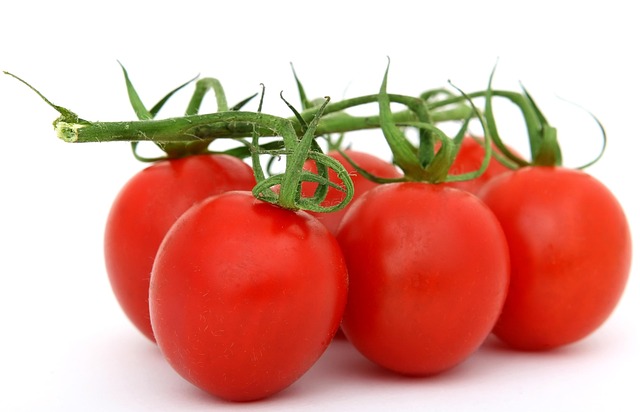Food photography is an art form that transcends the mere act of taking pictures; it is about capturing the essence, colors, and textures of what we eat, bringing it to life through the lens. To achieve stunning results, understanding exposure is crucial. Exposure determines how light or dark an image will be, and perfecting it can be the difference between an enticing meal and an unappealing plate.
Imagine a beautifully plated dish, vibrant greens encasing a perfectly seared piece of meat, all resting on a rustic wooden table. If the photo is poorly exposed, you risk losing the depth of that golden crust or the lusciousness of those verdant herbs. This is where the knowledge of your camera’s capabilities and the science of optics come into play.
When you think about food photography, consider the settings on your camera. Start with the aperture, which controls how much light enters. A wider aperture (smaller f-stop number) allows more light and creates a beautiful bokeh effect, blurring the background while keeping the main dish in sharp focus. This technique draws the viewer’s gaze immediately to the food.
Next, your shutter speed plays a pivotal role. It determines how long the camera sensor is exposed to light. For food photography, where detail matters, slower shutter speeds can work wonders when you have a steady hand or a tripod. This way, you can capture the vibrant colors of a fresh salad or the glossy sheen of a chocolate glaze.
ISO sensitivity is another essential element in mastering exposure. A higher ISO can brighten your shots in low light conditions, but it can also introduce graininess, which might detract from that delicious soufflé or vibrant fruit tart. In most cases, you want to strike a balance: aim for the lowest ISO possible to maintain that crisp clarity while still achieving the desired exposure.
Lighting is perhaps the most influential factor in food photography. Natural light, specifically, can elevate an ordinary dish to extraordinary heights. Soft, diffused sunlight streaming through a window can create shadows and highlights that enhance textures. Conversely, harsh overhead lights can wash out colors, leaving your food looking flat and uninviting. Use reflectors or diffusers to manipulate light and add dimension to your images.
Finally, always remember to frame your shot thoughtfully. Remember that food is a subject, and like any great photography, composition matters immensely. Use the rule of thirds to create visually appealing photographs that draw the eye and evoke the desire to indulge in your culinary masterpiece.
By mastering the elements of exposure in food photography, you’ll find that every meal presents a canvas just waiting to be captured. Whether you’re snapping a quick phone pic or setting up a full studio shoot, understanding how to manipulate light, camera settings, and composition will make your food photos come alive with flavor and invitation.



